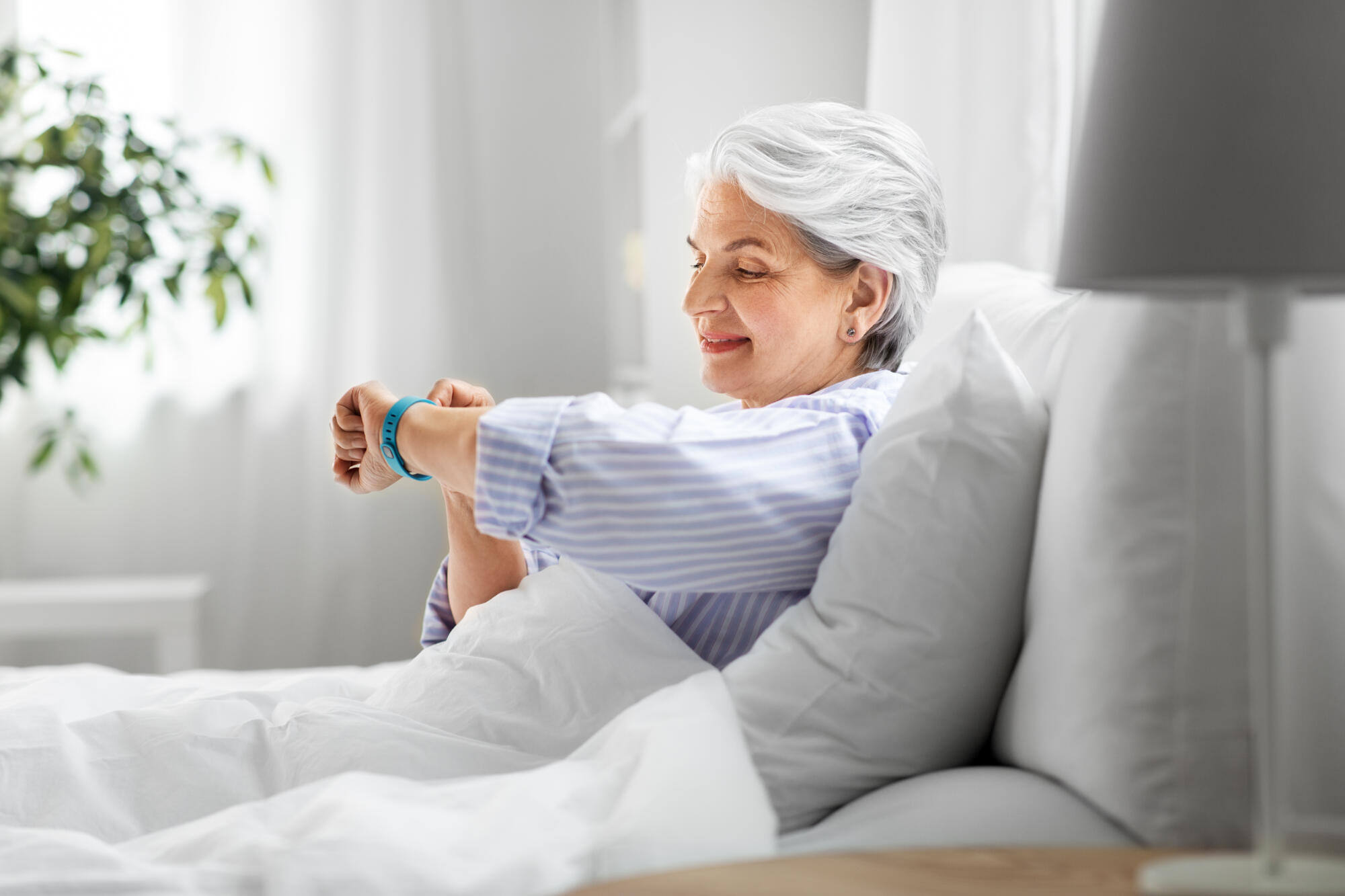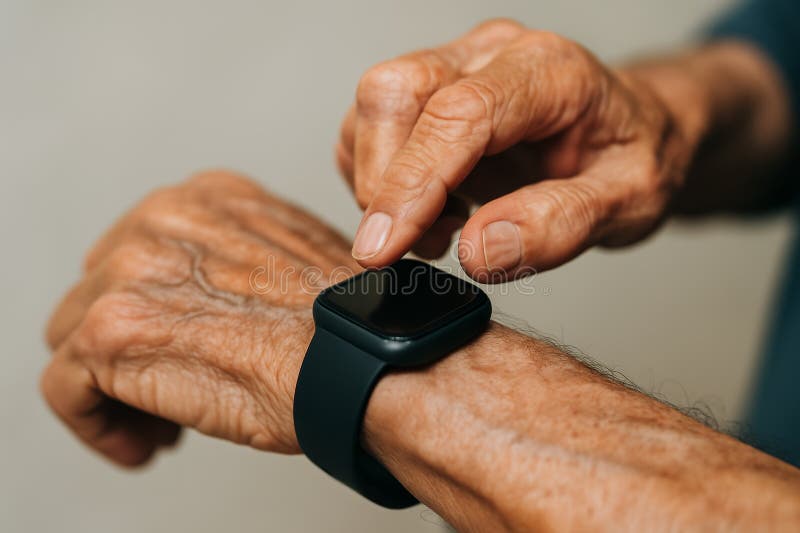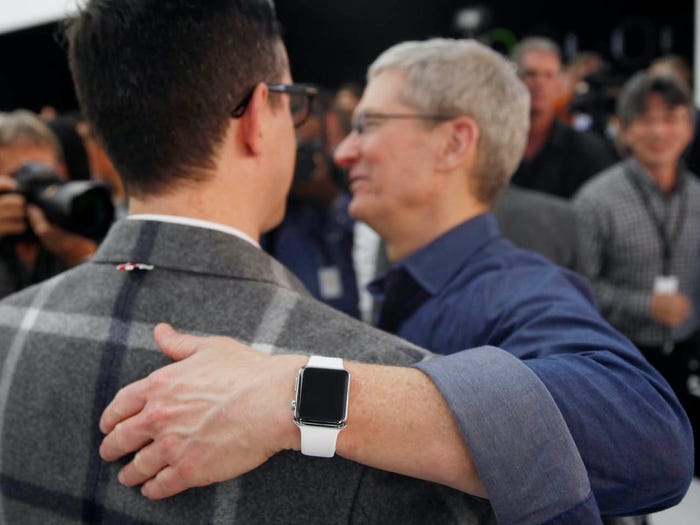As technology continues to integrate into our daily lives, it brings with it innovative solutions to long-standing challenges. One such advancement is the smartwatch to detect falls in seniors. This emerging technology is not just a gadget; it is a potential lifesaver, offering peace of mind to families and caregivers around the world.
The ability for a smartwatch to detect falls is particularly crucial for seniors. Falls are a common and serious health risk for older adults, often leading to significant injury and loss of independence. With the introduction of fall detection features in smartwatches, seniors can now have an added layer of security, enabling them to live more independently while staying connected to emergency services.

Understanding Fall Detection Technology
Fall detection technology in smartwatches uses a combination of sensors and algorithms to identify when a fall has occurred. These devices typically contain accelerometers and gyroscopes, which track movements and detect sudden changes in motion. When a fall is detected, the smartwatch can automatically alert emergency contacts, ensuring timely assistance.
For example, if a senior falls and remains motionless, the watch can send an alert to a predetermined contact or emergency service. This feature can be vital in circumstances where the senior is unable to call for help themselves.
Why Seniors Should Consider Fall Detection Smartwatches
There are several reasons why seniors should consider investing in a smartwatch with fall detection. Firstly, the immediate alert system can significantly reduce the time it takes for help to arrive, which is crucial in medical emergencies. Secondly, these devices often come with additional health monitoring features, such as heart rate tracking and GPS location services, which can further enhance their utility.
Moreover, the psychological benefit of knowing that help is just a button press away cannot be overstated. This reassurance can lead to greater confidence and independence for seniors, allowing them to engage in activities without the constant fear of falling.
Choosing the Right Smartwatch
When selecting a smartwatch for seniors, it is important to consider several factors. The ease of use is paramount; a device with a simple interface and large display is often preferred. Battery life is another critical consideration, as a smartwatch should be reliable and ready for use at all times.
It is also worth considering smartwatches that do not require a smartphone to function, as not all seniors are comfortable with mobile technology. For more insights on this, you might find this guide useful.
Features to Look For
Aside from fall detection, other features to look for in a smartwatch for seniors include health metrics monitoring (such as heart rate, blood pressure, and oxygen levels), GPS tracking, and emergency call functions. Some smartwatches also offer reminders for medication, hydration, and appointments, which can be incredibly helpful for seniors managing their health independently.
Integrating Smartwatches into Daily Life
Integrating a smartwatch into daily life can be seamless with the right approach. It is recommended to start by familiarizing seniors with the basic functions of the watch. Regular practice in a safe environment can help build confidence in using the device.
Setting up the device to suit personal needs is also important. This includes programming emergency contacts and customizing alert settings. For additional safety tips, consider exploring this resource on aging-in-place designs.
Potential Challenges and Solutions
While the benefits of smartwatches are numerous, there can be challenges, such as technological intimidation or difficulty in handling small devices. To overcome these, choose a device specifically designed for seniors, with a user-friendly interface and robust customer support.
Manufacturers are continuously improving these devices to make them more accessible. For instance, some brands offer tutorials and customer service hotlines dedicated to assisting seniors with their devices.
The Role of Caregivers
Caregivers play a crucial role in the successful adoption of smartwatches by seniors. They can assist in the initial setup, troubleshooting, and daily use of the device. Additionally, caregivers can monitor alerts and health data, providing an extra layer of security and reassurance.
For more comprehensive guidance on how caregivers can assist with technology, see this article.
Looking Ahead: The Future of Smartwatches
The future of smartwatches for seniors is promising. As technology advances, these devices are expected to offer even more sophisticated health monitoring capabilities, including predictive analytics for health risks. This will further empower seniors to take proactive steps in managing their health.
Moreover, the integration of artificial intelligence could enhance the accuracy and reliability of fall detection, making these devices even more effective.
Conclusion
In conclusion, a smartwatch to detect falls in seniors represents a significant step forward in elder care. By providing immediate access to help and valuable health insights, these devices can greatly enhance the quality of life for seniors. As technology continues to evolve, the potential for smartwatches to offer even greater benefits is immense.
For more information on the safety and functionality of smartwatches, visit the FDA’s advisory.

FAQ
How does a smartwatch detect falls?
A smartwatch detects falls using a combination of sensors such as accelerometers and gyroscopes. These sensors monitor movement patterns and sudden changes in motion, which are typical indicators of a fall.
Are smartwatches reliable for seniors?
Yes, modern smartwatches are designed to be reliable and user-friendly for seniors. They offer various features tailored to the needs of older adults, such as large displays, health monitoring, and emergency alerts.
Can a smartwatch replace traditional medical alert systems?
While a smartwatch can complement traditional medical alert systems by providing additional features and convenience, it may not replace them entirely. Seniors should evaluate their specific needs and consult with healthcare providers to determine the best solution.
This article contains affiliate links. We may earn a commission at no extra cost to you.

